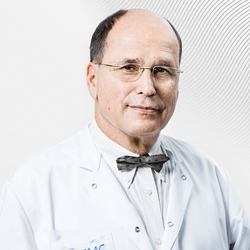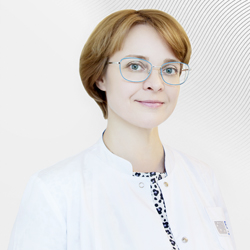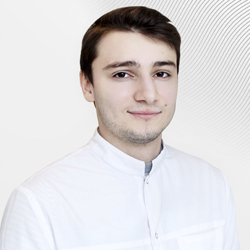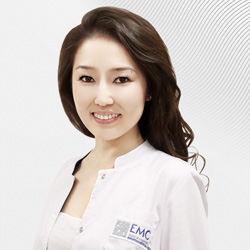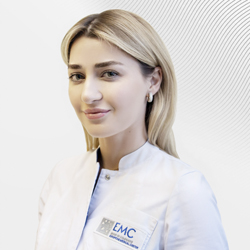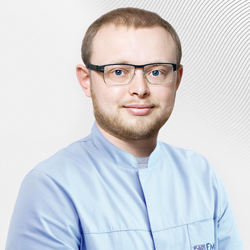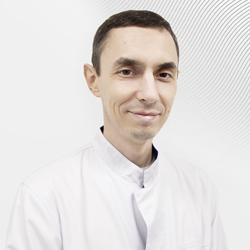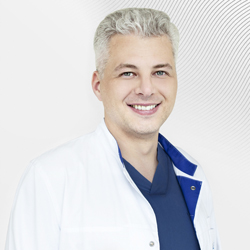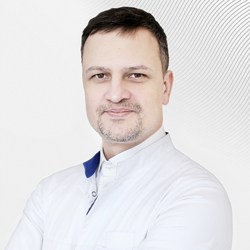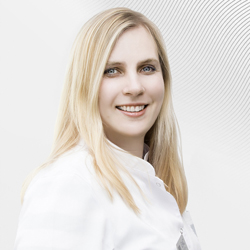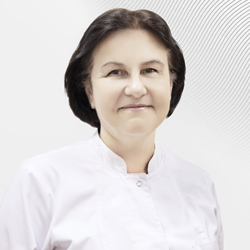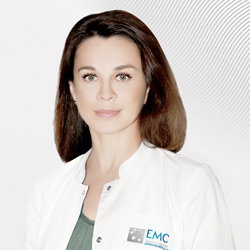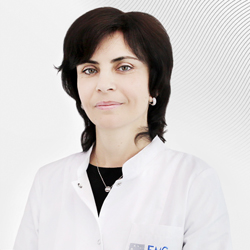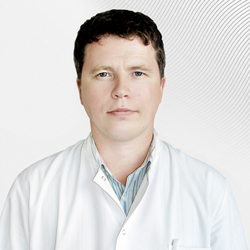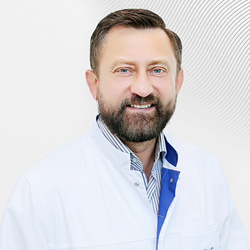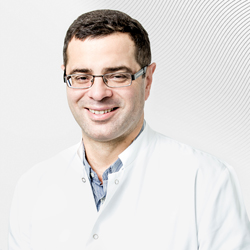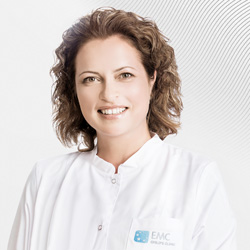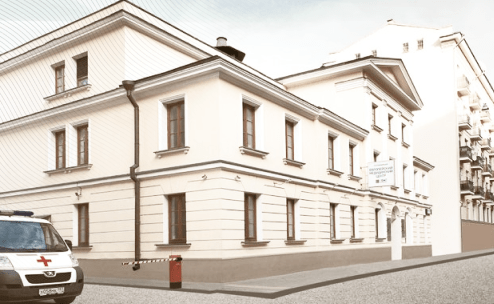Speaker: Yuri Talalajko,
otorhinolaryngologist, PhD
Each person has a set of feelings necessary to interact with the outside world. We get most of the information (about 80%) through vision, then through hearing (10%); all other feelings provide the remaining 10%. The human ear is a very thin apparatus capable of distinguishing thousands of different sounds, determining their source and the distance to it. Without hearing, speech formation is impossible. A child who cannot hear since infancy will not be able to speak in the future. Even a small hearing loss in one ear causes a lot of inconvenience when determining the direction of the sound source becomes impossible.
Hearing loss (deafness) can occur due to various causes. These causes are different in patients of different ages. Various developmental abnormalities and congenital ear diseases are typical for infants. Inflammatory diseases of the middle ear are more common in older children, adolescents and adults. In elderly patients, hearing loss most often results from changes in blood circulation in the inner ear. Regardless of the patient age and the causes of deafness hearing loss is an alarming symptom and requires medical attention. The equipment of the ENT clinic of the European Medical Center allows for accurate diagnosis of any diseases that lead to hearing loss.
Inflammatory diseases of the middle ear
The most common cause of hearing loss is inflammatory diseases of the middle ear.
The middle ear is a cavity located inside the temporal bone. It is separated from the environment by the tympanic membrane on the auditory canal side. Air is located behind the tympanic membrane, and its pressure should normally be equal to the pressure of the environment. The middle ear functions normally only under this condition, providing sound conduction from the eardrum to the inner ear. The flow of air into the middle ear is provided by the auditory tube – the organ connecting the ear and nasopharynx.
Disorder of the ventilation function of the auditory tube leads to negative pressure inside the middle ear. This, in turn, can lead to the formation of fluid in the middle ear cavity. This condition is called medium exudative (serous) otitis media. When this fluid is infected purulent otitis media develops.
Tympanstomy
Most often, the treatment of otitis media is medicamentous, however, in some cases, successful treatment requires surgical restoration of the middle ear cavity aeration (tympanostomy, or tympanic membrane bypass surgery). The surgery consists in the installation of aeration tube in the tympanic membrane. Indications for tympanostomy are severe or prolonged acute purulent otitis media, prolonged (a month or more) exudative otitis media, recurrent otitis media, long-term dysfunction of the auditory tube.
The intervention is performed in the operating room under general anesthesia. Most often a gas mask anesthesia is applied. Special micro tools and microscope are used for the surgery. The first stage is the incision of the tympanic membrane (about 2 mm). It is performed in the part of the tympanic membrane, where damage to the structures of the middle ear is excluded. If there is fluid in the ear cavity, it is removed through the incision with a vacuum aspirator. Then, a silicone aeration tube is installed through the incision. This is the end of the surgery. Usually tympanostomy takes 5-10 minutes. If necessary, the surgery can be combined with other interventions, such as adenotomy (removal of adenoids).
There are many different models of tympanostomy tubes that differ in shape and material (titanium, polypropylene, silicone). Fundamentally different tubes are designed for long- and short-term use. Most tubes have an internal diameter of 1-1.5 mm, which is enough for their normal functioning. The choice of a specific model is made immediately before the surgery.
Postoperative period
Patients are discharged from the hospital a few hours after surgery. No special ear care is required during the postoperative period. In some cases, antibacterial ear drops may be recommended. Tympanostomy tube in most cases does not cause any subjective sensations in the ear. Also, in most cases, patients report improved hearing immediately after surgery.
Is necessary to protect the ear from water when bathing and shampooing during the entire period of the tympanostomy tube wearing. Suitable earplugs made by the audiologist individually are the best solution for this purpose.
The patient should come to the otorhinolaryngologist for examination a few days after the installation of the tympanostomy tube. During the examination, the doctor will determine the position of the tube, its patency and functionality, as well as appoint a consultation with an audiologist to assess hearing. Further examinations are carried out if necessary. With long-term wearing of tympanostomy tubes examinations are necessary once in several months.
Removal of the tympanostomy tube is performed if the function of the inner ear is restored. In adults, the removal of tubes can be done in the office of an otolaryngologist at the usual visit. In children, it is preferable to remove them under the operating room conditions and with short-term general anesthesia. In most cases, tympanostomy tubes for short-term wear fall out themselves in 6-12 months after installation. The tympanic membrane heals completely in 2-3 weeks after removal or loss of the tympanostomy tube.
Contraindications
There are no contraindications to the tympanic membrane bypass surgery. You should consult your doctor about possible individual risks.
In conclusion, it should be noted that tympanostomy is a safe, effective, and in some cases, an indispensable procedure that allows quick and effective solve many problems of the middle ear.
Author: Yuri Talalajko, otorhinolaryngologist, PhD

 Write to WhatsApp
Write to WhatsApp
